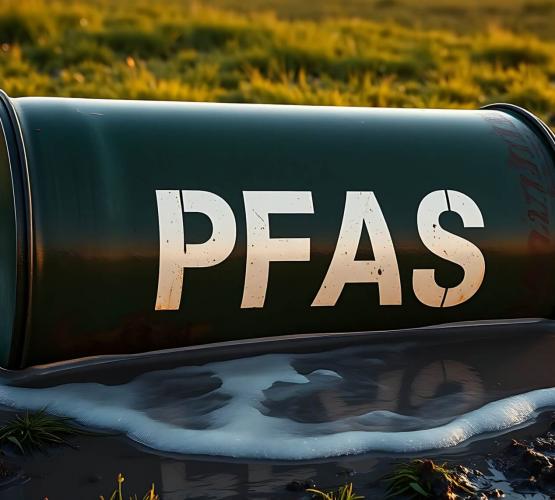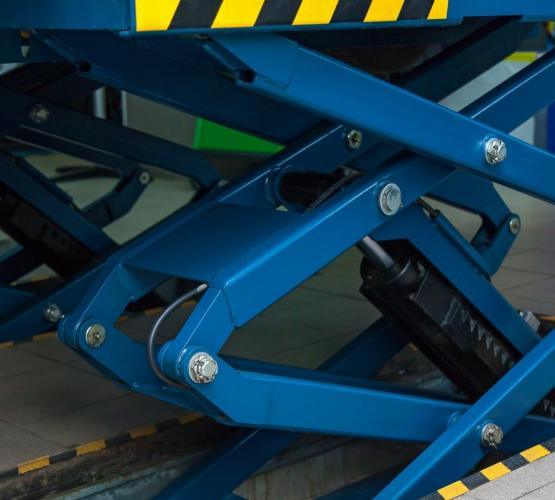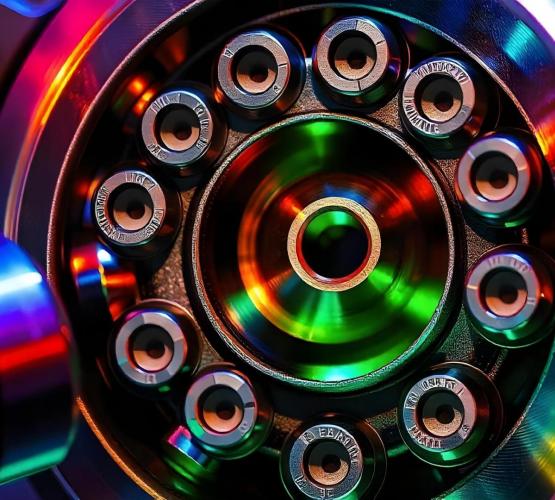
Bearing Brothers: Journal Bearings vs. Plain Bearings – More Alike Than You Think!
Principle that Fundamentally connects
Sliding Motion
Both journal bearings and sliding plain bearings rely on sliding contact between two surfaces to support loads and allow relative motion. More detailed information about plain bearings you can find on Plain Bearings page.
Hydrodynamic Lubrication
In both the cases, a film of lubricant (oil or grease) is typically used to create a hydrodynamic layer that reduces direct shaft to liner contact, minimizing friction and wear.
Plain Bearings

Plain & Journal Bearings

Structure, Design and Dynamics
Basic Components
Both types consist of a shaft (journal) that rotates within a bearing surface (bushing or sleeve). The inner surface of the bearing and the outer surface of the shaft (journal) are the primary contact points.
Material Choices
They often use similar materials, such as bronze, Babbitt metal, polymers, or composite materials, PTFE, chosen for their low friction and good wear properties.
Workhorse Capabilities
Workhorse Capabilities
Load Support
Both bearings are designed to support radial loads (perpendicular to the shaft). They can handle heavy loads due to the large contact area provided by the sliding surfaces.
Self-Lubrication Options
Many sliding plain bearings, including journal bearings, can be made from self-lubricating materials like PTFE, which eliminate the need for additional lubrication.
Advanced Technologies and Innovations
Both journal bearing and sliding plain bearing utilize materials such as fiber-reinforced polymers or metal matrix composites, offering benefits like reduced weight, improved corrosion resistance, and enhanced performance under varied operating conditions.
Both journal bearing and sliding plain bearing utilize materials with inherent lubricity, such as PTFE (Teflon) or advanced polymers, to eliminate the need for external lubricants. This simplifies maintenance and reduces the risk of contamination or environmental impact.
The Bottom Line
Sliding plain bearings can be designed for radial, axial, or combined loads depending on their orientation and application however journal bearings primarily handle radial loads, but some designs can also accommodate axial loads with appropriate modifications, such as flanged designs.
Sliding plain bearings can incorporate a wide range of configurations, including linear bearings, sintered bearing, polymer bearing with shapes beyond cylindrical, while journal bearings often refer specifically to radial bearings used in rotating machinery.
Journal bearings and sliding plain bearings operate on the same fundamental principle of sliding motion between surfaces. They share similar materials, lubrication methods, and maintenance practices. Both are versatile, customizable, and suitable for a wide range of applications, with journal bearings typically being a subset of sliding plain bearings focused on supporting rotating shafts.


